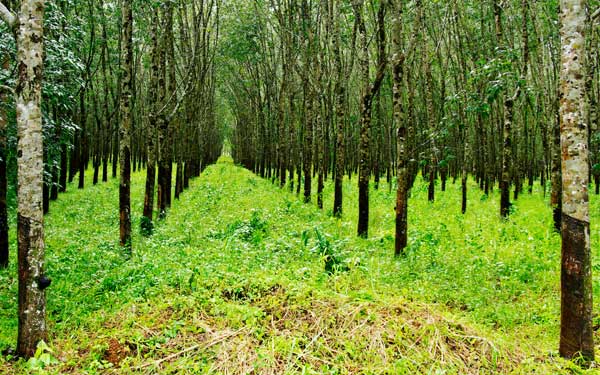14 Nov 2012 - {{hitsCtrl.values.hits}}
.jpg) United Nations Conference on Trade and Development (UNCTAD) concluded a few years ago that natural rubber stands to gain from internalization of environmental costs in the entire rubber industry. The economic variables prevailing in the natural rubber market favour internalization: the supply elasticity is below unity, and the price elasticity for demand is estimated to be significantly less than one.
United Nations Conference on Trade and Development (UNCTAD) concluded a few years ago that natural rubber stands to gain from internalization of environmental costs in the entire rubber industry. The economic variables prevailing in the natural rubber market favour internalization: the supply elasticity is below unity, and the price elasticity for demand is estimated to be significantly less than one. 
26 Nov 2024 43 minute ago
26 Nov 2024 1 hours ago
26 Nov 2024 1 hours ago
26 Nov 2024 2 hours ago
26 Nov 2024 3 hours ago